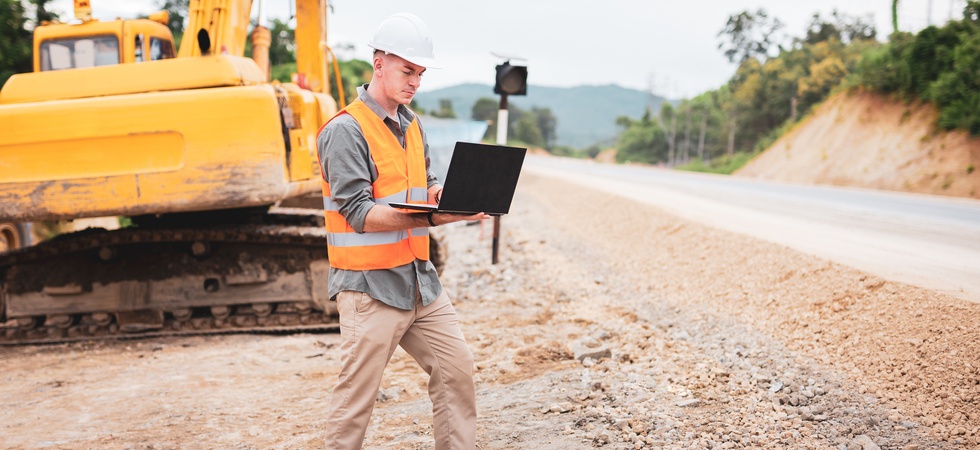Examples of Modern Mining Safety Technology

Underground mining sites present numerous dangers for operators, including poor air quality, structural instability, and risks associated with heavy machinery. Safety managers and engineers continuously look for ways to mitigate these hazards, guard their staff, and prevent downtime during daily operations. If you are looking to improve your site’s safety, consider installing these modern mining safety technologies to protect operators.
Advanced Ventilation Systems
Proper ventilation maintains good air quality underground while operators conduct their tasks. Modern ventilation-on-demand (VOD) systems use a network of sensors to monitor air quality in real-time. These sensors detect gases such as carbon monoxide and nitrogen dioxide, along with diesel particulate matter levels.
When the system detects harmful contaminants, it automatically adjusts airflow to specific areas. This gives mining staff a safe breathing environment while also reducing energy consumption for equipment.
Collision Avoidance Systems
The confined spaces of underground mines increase the risk of collisions between heavy equipment and personnel. Proximity detection and collision avoidance systems (CAS) use RFID tags, GPS, onboard sensors, and other modern mining safety technologies to alert equipment operators to nearby workers or other vehicles. These systems provide audible and visual warnings, and some can even automatically slow down or stop machinery to prevent an accident.
Real-Time Gas Monitoring
Gas detection has evolved from handheld spot-checking devices to comprehensive, site-wide monitoring networks. Wireless gas sensors continuously transmit data to a central control room, where operators can monitor any changes in the environment. This allows safety personnel to track gas levels across the entire mine and respond immediately to any dangerous buildups, triggering alarms and initiating evacuation procedures long before concentrations create hazardous conditions.
Automation and Remote Operation
Automating certain mining processes stops operators from setting foot into hazardous environments altogether. Remote operation of equipment such as drills, loaders, and haul trucks allows workers to control machinery from a safe, surface-level control room. Furthermore, improving engine efficiency by using hybrid powertrains in underground mining equipment can reduce harmful emissions and fuel consumption.
Engineers can implement these technologies by first conducting a thorough risk assessment to identify the most critical areas for improvement. Once installed, these operators must establish a rigorous maintenance schedule and conduct regular system diagnostics to ensure reliability. Proper training for all personnel on how to use and interact with these systems will maximize their effectiveness and create a safer work environment.
